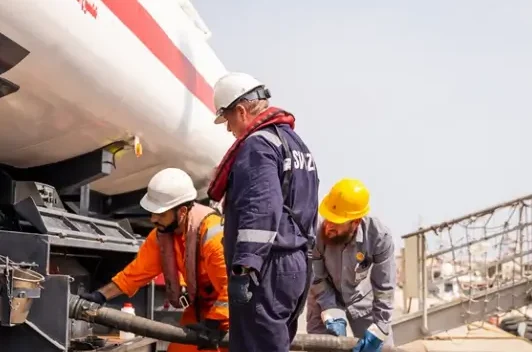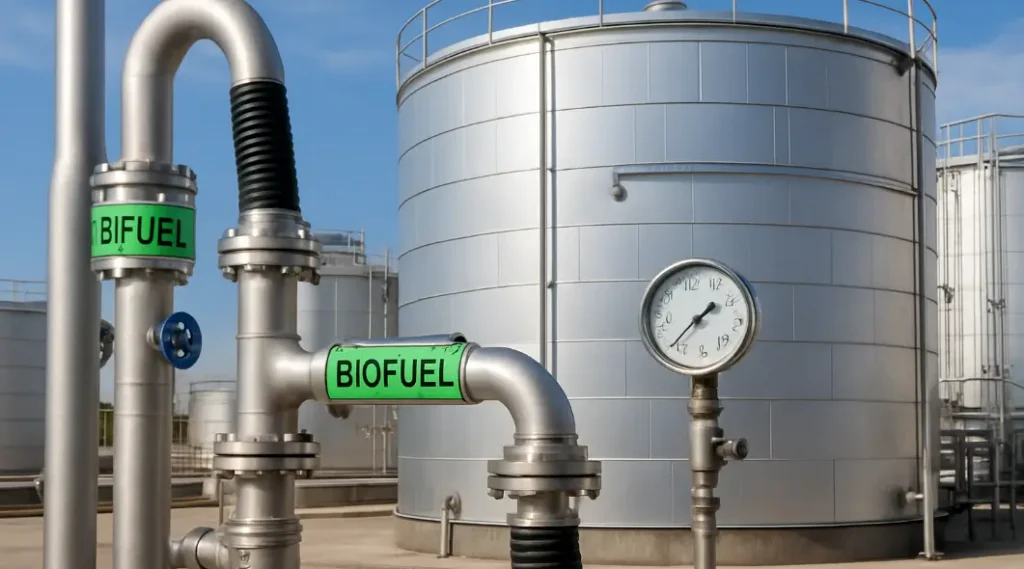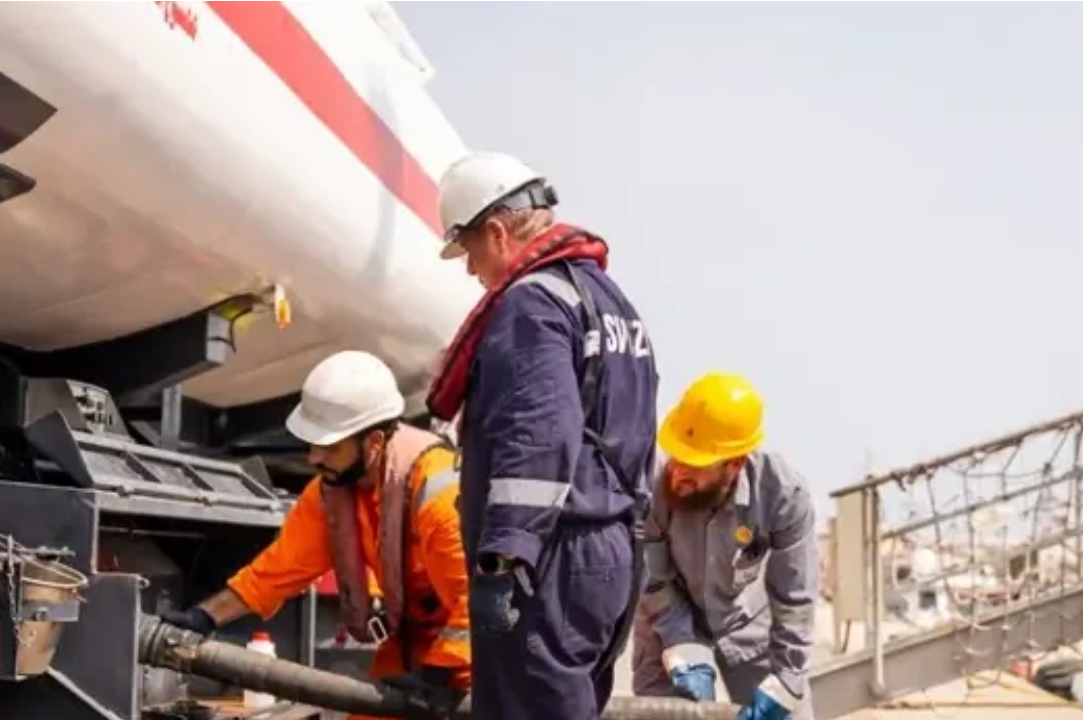As the global maritime industry accelerates toward decarbonization, India is setting a national benchmark for clean fuel compliance. The Directorate General of Shipping (DGS) has issued Circular No. 32 of 2025, establishing India’s first structured framework for biofuel bunkering.

This move is not just timely—it’s transformative.
By regulating the safe, certified handling of biofuels like FAME, HVO, and BTL, this circular ensures that Indian ports, vessels, and suppliers align with international emission protocols, particularly under MARPOL Annex VI.
Whether you’re a shipowner, terminal operator, or fuel supplier—this framework is mandatory, not optional.
Let’s break down what the circular covers, who must comply, and how to stay ahead in India’s green maritime mission.
Why This Circular Matters?
India’s maritime industry is going green—and the government is making sure it’s done right.
With DGS Circular 32 of 2025, the Directorate General of Shipping (DGS) has introduced a structured national framework for biofuel bunkering. It’s the first of its kind, setting clear rules on how marine biofuels like FAME, HVO, FAEE, and BTL are stored, transferred, and certified in Indian ports.
This framework ensures that India’s shift to low-emission marine fuels is both safe and compliant with international norms, particularly MARPOL Annex VI.
Who Must Follow These Guidelines?
If you’re involved in the bunkering process, you’re included. The circular applies to:
- Bunker Suppliers – Must be ISO-certified and undergo regular audits
- Shipowners/Managers – Must use compatible fuels and maintain documentation
- Port Authorities – Enforce safety and supervise operations
- Terminal Operators – Maintain safety infrastructure and issue SDS
- Crew & Drivers – Must be trained under STCW, PESO, or BIS standards
Explore more roles via the Indosearch MTO section
What’s Covered?
These guidelines apply to Truck-to-Ship, Ship-to-Ship, and Shore-to-Ship bunkering.
Approved fuel types include:
- FAME (Fatty Acid Methyl Esters)
- HVO (Hydrotreated Vegetable Oil)
- FAEE (Fatty Acid Ethyl Esters)
- SVO (Straight Vegetable Oil)
- BTL (Biomass to Liquid)
The circular allows biofuel blends up to B30, compatible with most marine engines.
Documentation You Must Prepare
Before any operation, ensure the following documents are in place:
| Document | Purpose |
| Bunker Delivery Note (BDN) | Confirms fuel grade, quantity, and supplier |
| Safety Data Sheet (SDS) | Chemical hazards and handling procedures |
| Compatibility Checklist | Ensures systems are fuel-compatible |
| ISO 8217 Test Report | NABL lab-tested fuel quality report |
| Sustainability Certificate | ISCC or RSB certification to prove green sourcing |
NABL-accredited labs list: nabl.gov.in
How to Get Certified as a Biofuel Bunker Supplier (BBS)
To operate as a licensed BBS, follow these steps:
- Apply as per Merchant Shipping Notice 03 of 2014
- Hold an ISO 9001:2015 Quality Management System certificate
- Complete 2 successful audited bunkering operations
- Clear the final audit by IRS to receive a 5-year full-term certificate
Annual audits are mandatory. Failure to comply may lead to suspension.
Learn more about operator compliance at Indosearch RA
Fuel Quality Parameters (As per ISO 8217:2024)
Your fuel must be tested for:

- Kinematic Viscosity
- Sulphur Content (must meet emission standards)
- Flash Point
- Water Content
- FAME Content (ASTM D7371 method)
- Microbial Contamination (especially in blends)
Only DGS-approved or NABL-certified labs are acceptable.
Safety Protocols You Must Follow
Every bunkering operation must include:
- Emergency Shutdown Systems (ESD)
- Annual hose pressure testing
- No simultaneous operations (SIMOPs) during bunkering
- Designated Person in Charge (PIC) and SPOC
- Mandatory safety drills before each operation
Get medicals done via Indosearch-approved Doctors
Infrastructure & Equipment Requirements
Your facility must have:
- Storage Tanks – With insulation, recirculation, sampling, and draining
- Certified Hoses & Valves – Made of Viton, Teflon, or Nylon
- Flow Meters – Calibrated and traceable
- PPE for Crew – Fire-resistant clothing, gloves, goggles
BIS safety standards: bis.gov.in
Communication & Reporting
- Notify the Port Authority at least 24 hours in advance
- Use VHF or digital systems for communication
- Document every incident or discrepancy
- Maintain bunkering records for minimum 3 years
Conclusion
The introduction of DGS Circular 32/2025 marks a major shift in India’s maritime approach—toward greener, safer, and internationally compliant fuel operations. These biofuel bunkering guidelines are not just procedural—they are strategic. By setting rigorous standards for documentation, safety, quality testing, and sustainability, the DGS ensures that India’s seafarers and shipping stakeholders are ready for the global green transition.
Whether you’re a bunker supplier, ship manager, or terminal operator, adhering to these norms is essential—not only for legal compliance but for the future of sustainable shipping in India.

